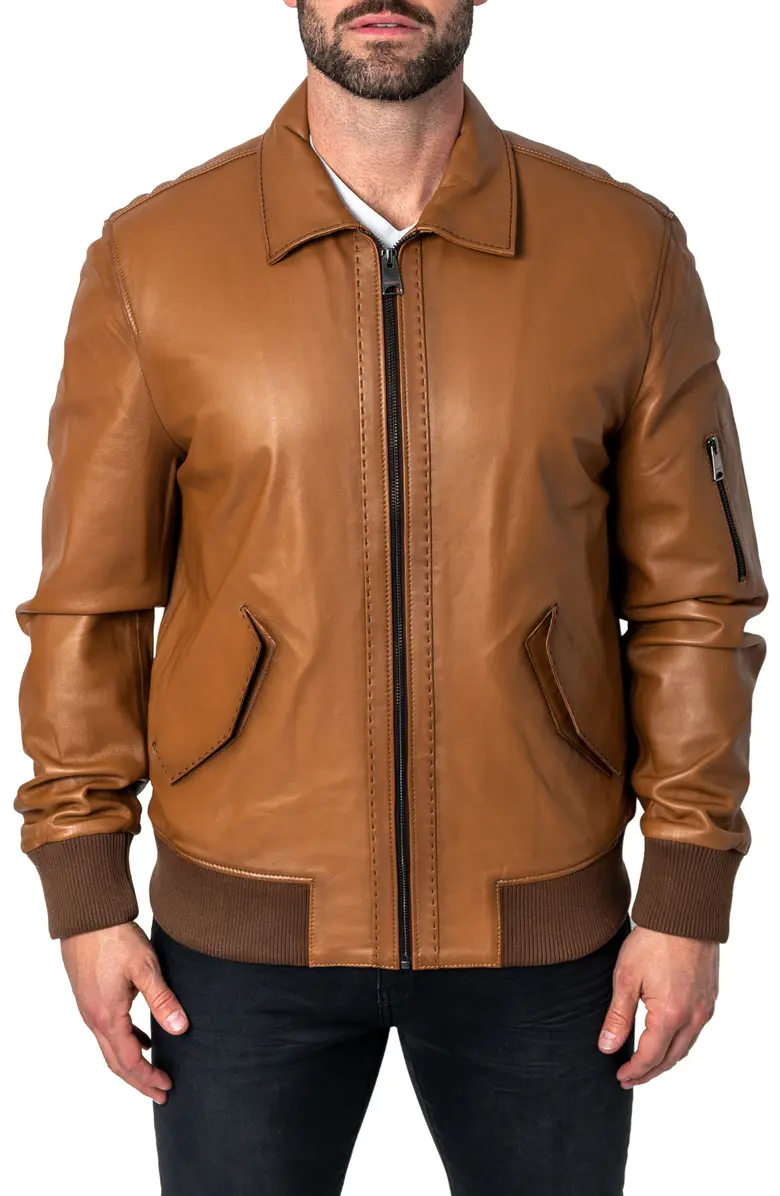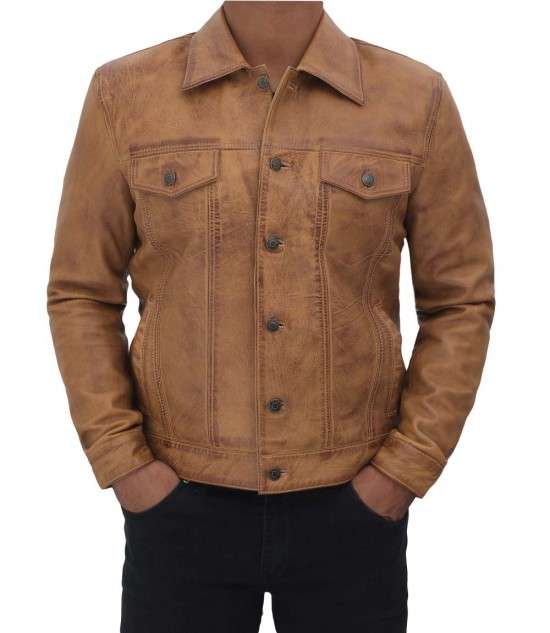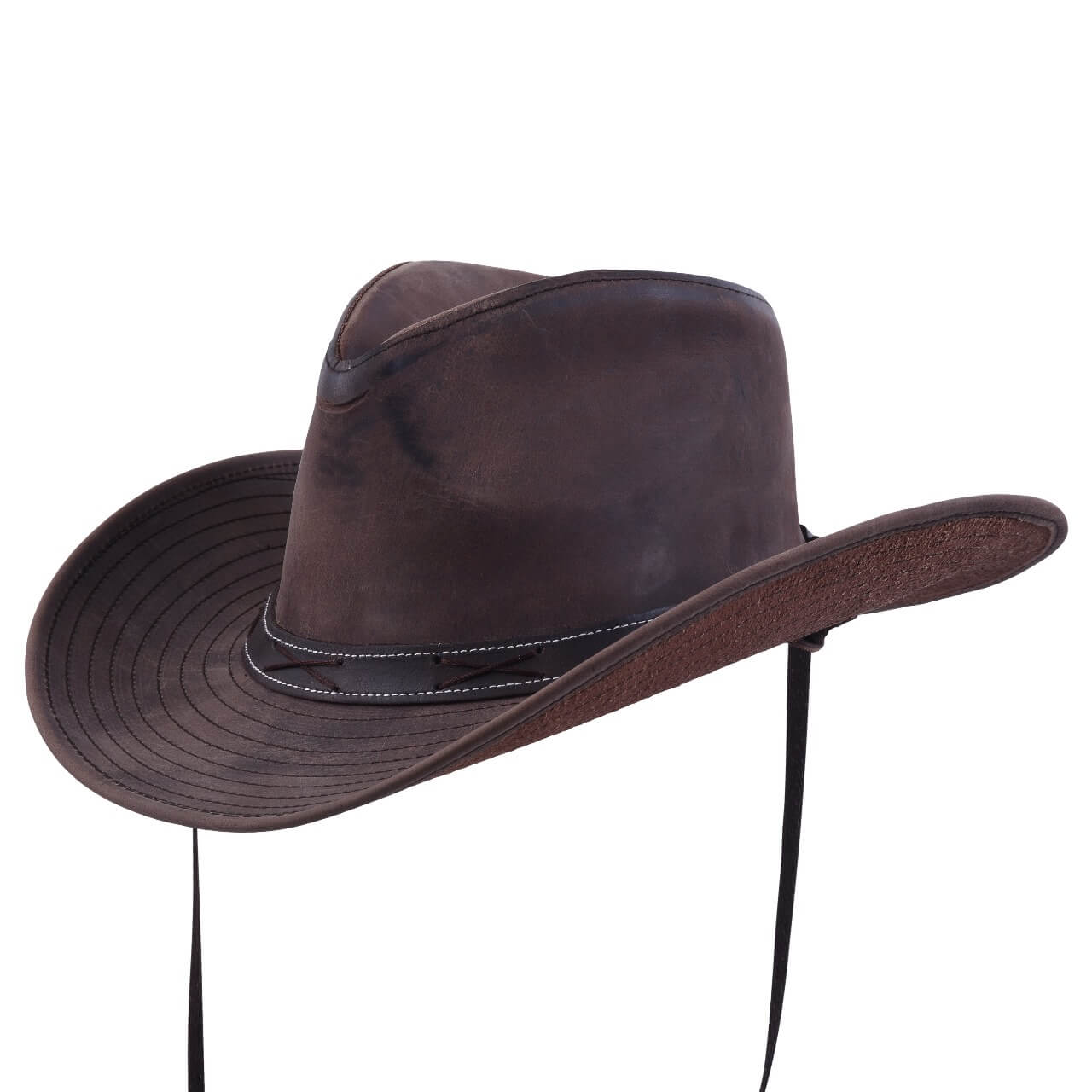Leather jackets are prized possessions that combine style and durability. However, mildew can quickly compromise their appearance and integrity if not addressed promptly. Mildew thrives in damp, warm environments, and leather’s porous nature makes it susceptible to this issue. Fortunately, with the right techniques and products, you can effectively remove mildew from your leather jacket and restore it to its original condition. Here is a comprehensive guide on how to accomplish this.
Understanding Mildew on Leather
Mildew is a type of fungus that appears as white, gray, or greenish patches. It not only discolors the leather but can also weaken its fibers, leading to cracking and brittleness over time. The musty odor associated with mildew is another unwelcome consequence.
Leather biker jackets are especially prone to mildew if stored in humid or poorly ventilated spaces. It is essential to address mildew as soon as it appears, as prolonged exposure can cause permanent damage.
Step-by-Step Guide to Removing Mildew from a Leather Jacket
1. Gather Your Supplies
To effectively clean mildew from leather, you’ll need the following materials:
- Soft, lint-free cloths
- A soft-bristled brush or old toothbrush
- Mild soap or leather cleaner
- White vinegar
- Rubbing alcohol (optional for stubborn mildew)
- Distilled water
- Leather conditioner
- A well-ventilated workspace
2. Prepare the Jacket
- Inspect the Jacket: Check the extent of the mildew growth and look for any discoloration or damage.
- Take Safety Precautions: Wear gloves and, if necessary, a mask to avoid inhaling mildew spores. Ensure that the cleaning area is well-ventilated to minimize exposure.
3. Remove Loose Mildew
- Use a soft-bristled brush or a dry cloth to gently remove loose mildew from the surface of your sherpa leather jacket. Brush in a circular motion, being careful not to press too hard to avoid damaging the leather.
4. Clean the Jacket
Option 1: Mild Soap Solution
- Mix a small amount of mild soap with distilled water to create a gentle cleaning solution.
- Dampen a soft cloth with the solution and wring it out to avoid soaking the leather.
- Gently wipe the affected areas, removing the mildew and surface dirt.
- Use a clean, damp cloth to wipe away any soap residue.
Option 2: White Vinegar Solution
- Combine equal parts white vinegar and distilled water in a bowl.
- Dampen a cloth with the solution and gently wipe the mildew-affected areas.
- Vinegar is a natural antifungal agent and deodorizer, which makes it ideal for this purpose.
- Once the mildew is removed, use a clean, damp cloth to wipe away the vinegar residue.
Option 3: Rubbing Alcohol for Stubborn Mildew
- Mix one part rubbing alcohol with one part distilled water.
- Using a cloth, gently dab the mixture onto the affected areas.
- Be cautious with rubbing alcohol, as excessive use can dry out the leather.
5. Dry the Jacket Properly
- After cleaning, allow the jacket to air dry naturally in a well-ventilated area away from direct sunlight or heat sources. Excessive heat can cause the leather to crack.
6. Condition the Leather
- Once the jacket is completely dry, apply a high-quality leather conditioner to restore its suppleness and prevent it from drying out. Follow the product’s instructions for best results.
Preventing Mildew on Leather Jackets
Prevention is always better than cure. To keep mildew at bay and maintain your leather jacket in pristine condition, follow these tips:
-
Store in a Dry Environment:
- Always store your leather jacket in a cool, dry place. Use silica gel packets or a dehumidifier to control moisture levels in your storage area.
-
Use a Garment Bag:
- Store your jacket in a breathable garment bag to protect it from dust and humidity. Avoid plastic bags, as they can trap moisture.
-
Regular Cleaning and Conditioning:
- Clean your jacket periodically to remove dirt and sweat that can encourage mildew growth. Conditioning helps to keep the leather hydrated and resistant to fungal growth.
-
Ventilation:
- Avoid storing your leather jacket in cramped or unventilated spaces. Allow air circulation to prevent damp conditions.
-
Promptly Address Moisture:
- If your jacket gets wet, dry it promptly using a soft towel to blot excess moisture and air-dry it in a well-ventilated area.
-
Inspect Periodically:
- Regularly check your leather jacket for signs of mildew, especially if you live in a humid climate. Early detection makes removal much easier.
When to Seek Professional Help
While DIY methods are effective for mild to moderate cases of mildew, there are instances where professional help may be necessary:
-
Extensive Mildew Growth:
- If the mildew covers a large area or has penetrated deep into the leather fibers, professional cleaning is recommended.
-
Severe Odor:
- A lingering mildew odor that cannot be removed with household methods may require specialized treatment.
-
Delicate or Expensive Leather:
- For high-end or delicate leather puffer jackets, it’s best to consult a professional cleaner who specializes in leather care.
Conclusion
Mildew on a leather jacket can be frustrating, but with timely action and proper care, it’s possible to restore your jacket to its original beauty. By following the steps outlined above, you can effectively remove mildew and take preventive measures to ensure it doesn’t return. Remember, leather is a natural material that requires attention and care to maintain its longevity and appearance. With regular maintenance, your leather jacket will remain a stylish and durable wardrobe staple for years to come.




































